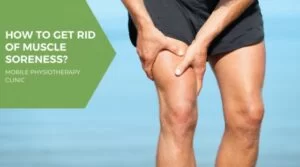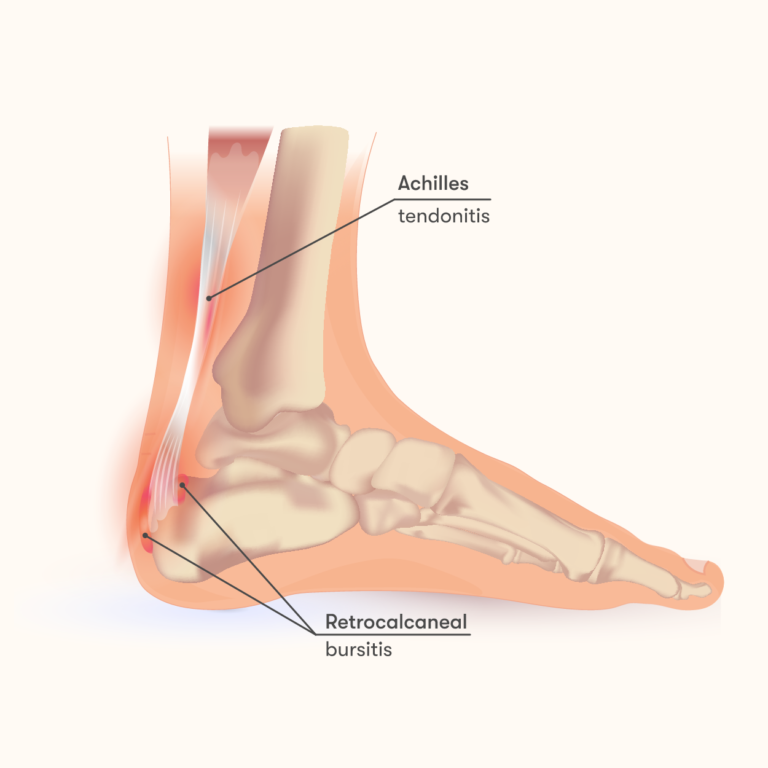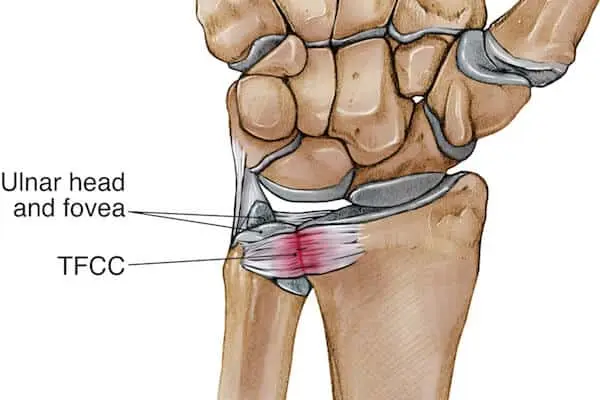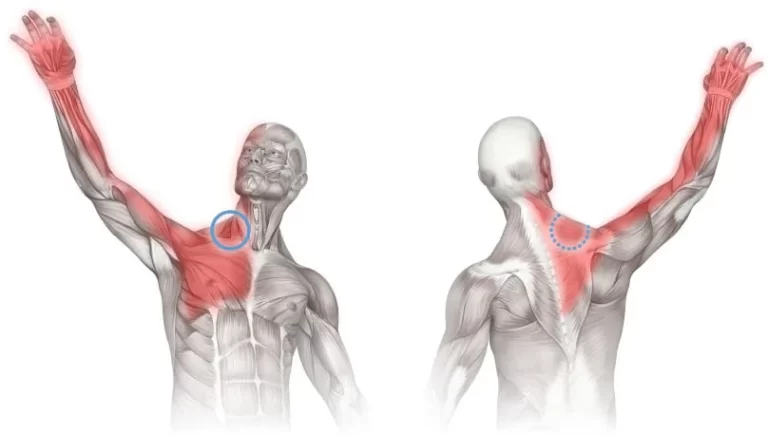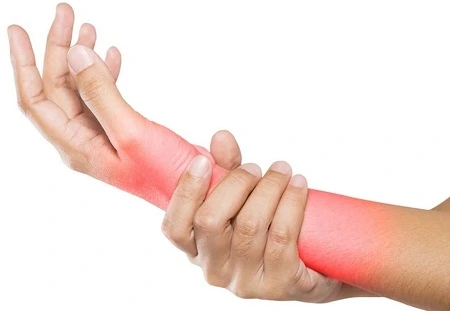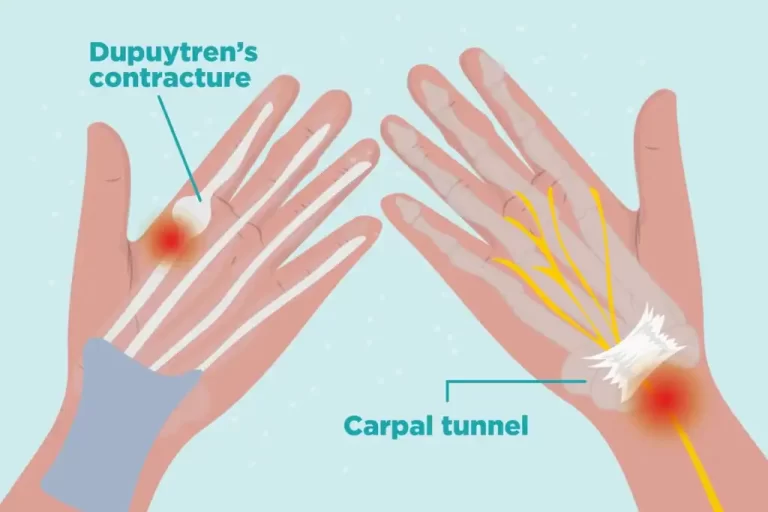What To Do In Muscle Soreness?
Introduction
Sore muscles are one of the undesirable side effects of exercise. Depending on the kind and level of the exercise, there may be significant variations in the degree of muscle soreness.
Why Do Our Muscles Initially Become Sore?
Exercise-induced muscle soreness, sometimes referred to as DOMS or delayed-onset muscular soreness, is a sign that your muscles were injured. When this damage, or micro-tearing, takes place, your body begins the healing process by causing inflammation at the injured area.
The characteristic stiffness and discomfort that normally start to appear 12 to 24 hours after your workout emerge because fluid builds up in the muscles, increasing pressure on the injured areas.
Every workout causes some little damage, but some exercises are known to cause more significant damage and, thus, greater pain. Particularly, any activity that is unfamiliar to you, requires more effort than normal or has several eccentric movements is likely to result in greater injury and pain than other workout kinds.
It’s okay to have some muscle soreness, but it shouldn’t last for too long
Although torn, inflamed muscles seem horrible, some degree of inflammation can be a crucial signal for muscle growth and recovery. While we naturally want to reduce inflammation in our regular everyday lives because studies have proven it leads to many chronic illnesses. It’s not so much that we don’t want inflammation to happen; rather, we want to bring it under control as quickly as possible because if you assist your muscles in healing from the injury, they’ll probably come back bigger and stronger.
To resume moving and living pain-free, you presumably want your pain to subside.
Remember that an exercise doesn’t need to leave you hurting in order to be successful. Damage is okay in moderation, but you don’t have to inflict soreness-inducing damage each time you work out. Soreness is a sign of damage. Your aim shouldn’t be that. To know you worked out well, you don’t need to feel hurt.
What should one do in cases of muscular soreness?
Immediately, your muscles could get painful. Acute soreness is the term for this. You may get pain or tightness a day or two after exercising. Sometimes the discomfort won’t go away completely for 48 to 72 hours. Delayed-onset muscular pain is what this is. Your muscles strengthen and mend themselves throughout this period. Pain from a sore muscle might go away immediately or linger for several days.
Try these to help with muscular soreness:
- Gentle stretching.
- Muscle massage.
- Rest.
- Ice to help reduce inflammation.
- Heat can assist your muscles in receiving more blood flow. Even a warm shower or bath might be helpful.
- A nonsteroidal anti-inflammatory medication (NSAID) like ibuprofen, which is available over the counter (OTC)..
- Muscle soreness can be relieved by over-the-counter lotions and gels with menthol or capsaicin.
- You can’t escape having aching muscles, unfortunately. It contributes to becoming healthier and stronger. There are several steps you may do to help ease the pain.
- Warm-up. Warming up your muscles before going out may be preferable to stretching. An increase in blood flow to your muscles awakens them. Warm up by performing little improvements in a given activity. These include mild weightlifting, jumping rope, and gradual running or riding.
- Ingest water: Water has the potential to relax your joints, regulate your body temperature, and transport nutrients for cellular energy generation. Without water, your body will struggle to perform at its best. There may be more severe symptoms, such as cramping in the muscles, fatigue, dizziness, or lightheadedness.
- Little sleep: Before training the same muscle groups in the same way (or with the same intensity or duration) after a 48-hour break, wait. Exercise of the same muscles that are restricted or lighter might be beneficial. For instance, a short bike ride or gentle stroll the next few days might assist if you are sore after jogging. Avoid becoming completely still and immobile.
- Use the right method: For the purpose of avoiding muscle sprains and strains, exercise technique is crucial. As a member of a gym or fitness club, seek assistance from a trainer or teacher. They can demonstrate how to use the equipment and equipment and lift weights safely.
- Become calm: After working out, it’s crucial to stretch. When your muscles are heated, they are looser and more flexible.
- By directing blood away from your muscles and back towards your heart, stretching helps as well in the healing process.
- Maintain your boundaries: Although you might be tempted to push yourself, remember that your workout should progress gradually. The amount of weight you lift or the distance you run may be progressively increased. If you attempt to lift too rapidly, you run the danger of harming yourself.
Things to contemplate considering
Muscle aches are common. They restore their strength and are able to continue working harder for longer. But be careful not to harm your muscles, tendons, or joints. Pain closer to the joint may be an indication of a more serious injury.
Try the RICE method if you suspect a strain or sprain.
- You might need to rest the injury the whole time or in part. According to how awful or severe it is.
- Use ice massages, ice baths, or packs of ice. These can minimize your swelling, discomfort, and muscle soreness or spasms.
- To lessen bruising and swelling, bandage the injury. For up to a week following the injury, keep it bandaged.
- Raise the damage to your heart’s level or higher. This lessens bruising and prevents swelling. If at all achievable, keep it raised for 2 to 3 hours each day.
Consult a physician or get treatment if:
- The discomfort in your muscles lasts for more than a week.
- You are unable to move because of your excruciating discomfort.
- Exercise makes your ache worse.
- Dizziness or breathing issues are brought on by your pain.
- The aching muscles exhibit redness, swelling, or warmth.
- The RICE approach is ineffective.
- You have pain in the tendons, bones, or joints.
Questions to ask your physician
- How soon will my muscles start to feel better?
- Are some activities more prone to result in aching muscles than others?
- How are the sensations of an injury and a sore muscle different?
- Am I in danger of damaging a painful muscle if I utilize it?
- How can I be sure that my discomfort is not being caused by anything more severe?
Summary
Most people occasionally experience muscular soreness. Muscular pain that lasts just a short while can be managed with rest, stretching, and painkillers. When you experience persistent or severe muscle soreness, it might be difficult to participate in your favourite activities. When you experience persistent or severe muscle soreness, it might be difficult to participate in your favourite activities. Consult your healthcare practitioner about treatments that may be helpful if you suffer from a disease that results in persistent muscular discomfort.
FAQs
Can I work out with muscle soreness?
Should you be resting your muscles or trying to push through this soreness? Working out when hurting is OK as long as it doesn’t impair your mobility to the point where you have to make risky adjustments.
Is it good to rub sore muscles?
Your muscles will recover faster with massage. By releasing pressure and enabling a flood of blood to occur, rubbing the muscles and applying pressure to them helps circulation. Your cells receive both oxygen and nutrients from this increase in blood flow to the muscular tissue.
Should I stretch sore muscles?
5 Quick & Simple Stretches to Help Relieve Sore Muscles
Stretching painful muscles will improve blood flow and help to break down lactic acid. To prevent further damage to the muscle groups, it is necessary to stretch very carefully. Here are five easy stretches that can speed up your body’s ability to heal from muscular stiffness.
Can I miss the gym for a couple of days?
One or two missed exercises are OK, but you should never skip more than two days in a row. Why? Keep up with your healthy routine and don’t miss your exercise class for more than two days if you don’t want to lose your gym motivation.
Should I ignore DOMS?
Before you start training your muscles seriously again, give them enough time to recuperate completely. At the end of the day, DOMS is a healthy response from the body telling you to back off the challenging exercise until you feel comfortable again. It might be dangerous to ignore that cue from your body.
Is heat better for a sore muscle?
During really intense exercise, there might not be enough blood flow to completely eliminate the toxins. Chemical buildup, such lactic acid, is what causes muscle soreness. Use heat to soothe painful muscles after exercise since the blood supply aids in the elimination of harmful toxins.
- Reference
How to Fix Sore Muscles: Quick Relief Tips. EverydayHealth.com. https://www.everydayhealth.com/fitness/quick-fixes-for-sore-muscles.aspx
Sore Muscles from Exercise. (2020, June 9). familydoctor.org. https://familydoctor.org/sore-muscles/
Muscle Pain. Cleveland Clinic. https://my.clevelandclinic.org/health/symptoms/17669-muscle-pain

